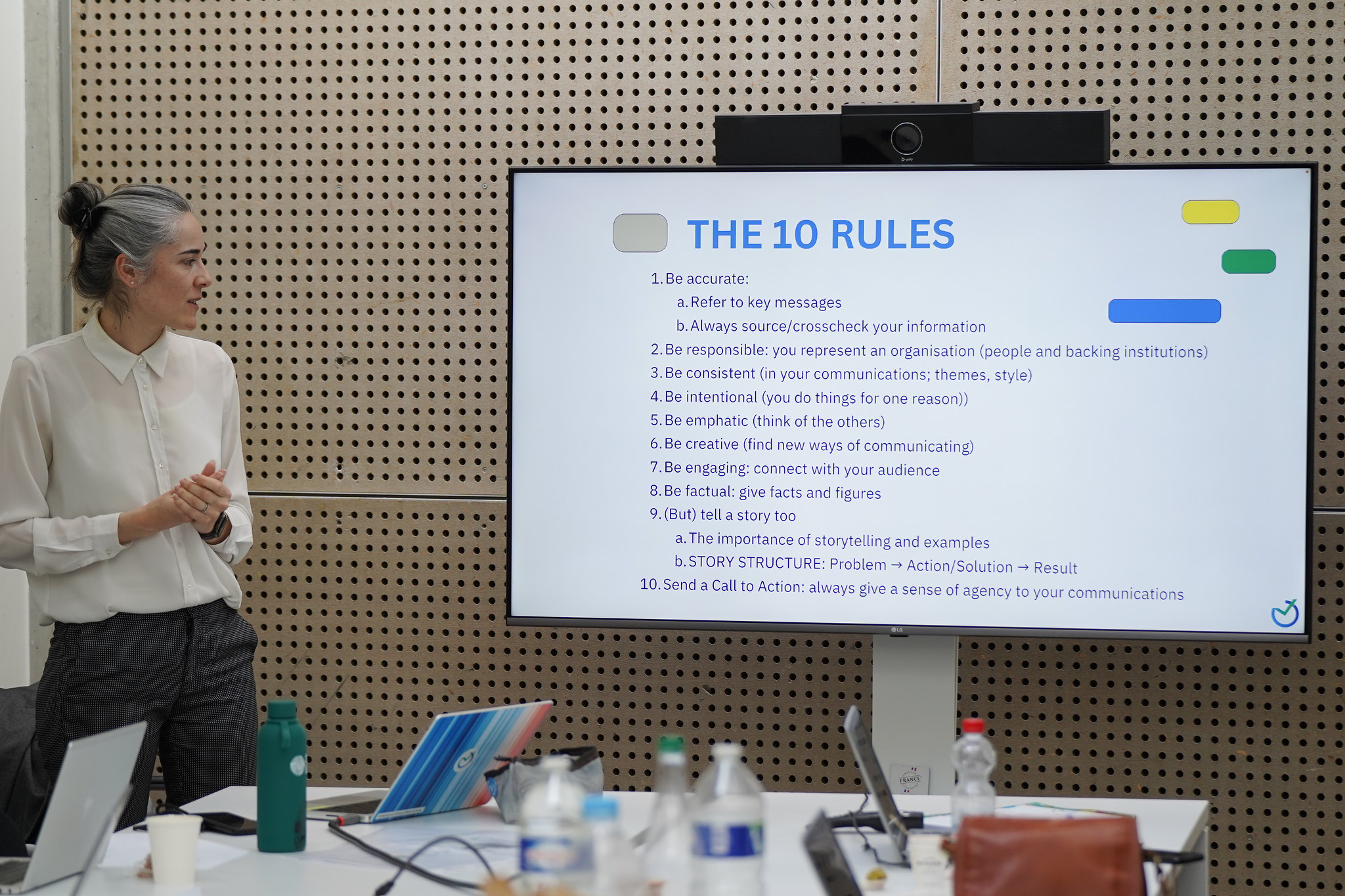Disinformation has always been a tool used to manipulate public opinion, but the scale at which it operates today is unprecedented. Claims become more and more absurd in the context of the U.S. presidential election, algorithms amplify the “echo chambers” phenomenon, climate change disinformation continues to flourish. Can this be reined in?
Helene and Milton hurricanes have done more than the vast damage and the loss of life in the areas they devastated: they triggered grotesque manufactured claims for political advantage, in a tight and hugely important presidential election race in the U.S.
One political side – no real need to name it – churns out eye-popping conspiracy theories. According to those claims, federal relief funds got stolen by the administration, to be redirected to illegal immigrants; while a network of scientists attribute a 20% to 30% increase in Milton’s rainfall, and a 10% increase in its wind intensity to climate change, climate deniers and conspirationists reject the whole notion of climate change, and instead accuse the government of creating and/or controlling climate events using meteorologic radars, with calls to destroy them. Meteorologists receive death threats. Elected representatives in Washington write sentences like “Climate change is the new Covid.”
The social media accelerator
Compounding the reckless malice of manufacturers of those fake news and conspiracy theories, social media and their algorithms are making matters much worse. This was exposed a long while ago already, during the 2016 U.S. presidential election, and arguably matters have not improved, but worsened.
Social media platforms have transformed the way we consume and share information, but they have also enabled the creation of “echo chambers.” These echo chambers are spaces where individuals are repeatedly exposed to information that aligns with their preexisting beliefs, reinforcing their views while insulating them from alternative perspectives.
Algorithms on social media platforms like Facebook, Twitter, and YouTube are designed to maximize engagement, serving users content based on their likes, clicks, and shares. As a result, users are increasingly presented with information that affirms their worldview, rather than challenging it. Over time, this leads to a more polarized and fragmented society, where people are less likely to engage with opposing views or question the accuracy of the information they consume. As described by the BBC, we have entered the algorithmic society.
Add in the so-called Brandolini Law, according to which “The amount of energy needed to refute bullshit is an order of magnitude bigger than that needed to produce it”, and we may well be experiencing a perfect storm.
For climate change, this is especially concerning. Studies have shown that climate denialism thrives within these algorithmic silos. False claims about climate science, often promoted by well-funded interest groups or individuals with a political agenda, gain traction as they are shared and liked by those who are already skeptical of climate science. This creates a feedback loop in which disinformation is continually amplified, making it difficult for accurate, science-based information to break through.
Breaking the Cycle
Combating the effects of disinformation and echo chambers requires a multifaceted approach. On an individual level, media literacy is essential. People must be equipped with the tools to critically evaluate the information they encounter online. This includes being aware of biases, understanding how algorithms work, and fact-checking sources before accepting them as truth.
At the platform level, social media companies must take responsibility for the content that spreads on their networks. While some progress has been made in combating misinformation, such as flagging false information or reducing the reach of harmful content, these efforts are not enough. Stronger regulation, transparency in how algorithms operate, and more robust fact-checking systems are needed to curb the spread of climate disinformation.
Lastly, governments and organizations fighting for climate action need to engage in proactive communication strategies. Clear, transparent messaging, supported by accessible data, is essential in countering the narratives being pushed by climate deniers. This requires collaboration between scientists, communicators, and policymakers to ensure that accurate information reaches as many people as possible.
The age of disinformation is here, but it does not have to define the future of the climate fight. By addressing the challenges of conspiracy theories, echo chambers and disinformation head-on, society can reclaim the narrative and refocus efforts on the urgent need to address climate change.





